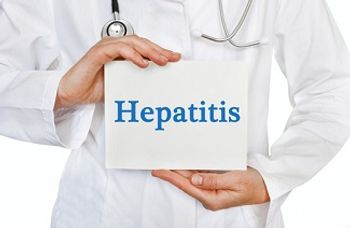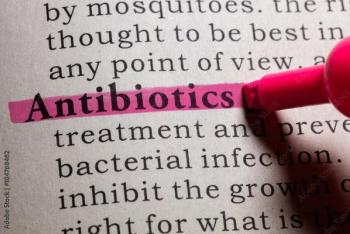
What it Will Take to Eliminate Hepatitis B Virus
The CDC stresses the importance of hepatitis B virus (HBV) vaccination, but challenges in treatment accessibility persist.
The World Health Organization (WHO) has called for the elimination of HBV as a public health threat by 2030, but this progression toward elimination has stalled. Nearly 300 million people globally live with HBV, making it the most common chronic infection. Despite stable mortality rates, 2 people die from HBV every minute. WHO’s goals towards eradication include preventing new infections through vaccination and improving testing, clinical management, and treatment.
The Centers for Disease Control and Prevention (CDC) emphasizes, “Hepatitis B is a vaccine-preventable liver infection caused by the hepatitis B virus (HBV). Hepatitis B is spread when blood, semen, or other body fluids from a person infected with the virus enters the body of someone who is not infected.”1 CDC recommends vaccination with 2 or 4 doses depending on the vaccine or patient’s condition.2
While the goal is to treat 80% of eligible individuals by 2030, only 2% have received treatment.3 Treatment eligibility relies on HBV DNA testing, but this test is unavailable to many. Simplifying guidelines for non-specialists is crucial to effectively care for those with HBV, given the lack of access to specialists.
A recent commentary in The Lancet discussed the challenges associated with care for people with HBV. “People with HBV know the direct impacts and challenges of accessing care,” Investigators stated. “Research shows people with HBV face considerable stigma and discrimination, and HBV is also associated with physical, psychological, emotional, social, and professional impacts,” commentators wrote.3
HBV is both infectious and oncogenic, suggesting a need to frame it as such. Treatment as prevention can address virus transmission and liver cancer, addressing significant concerns for individuals with HBV. Appropriate management and treatment can reduce these risks.
“
Persons Most at Risk for Infection
- Infants born to mothers who are living with HBV
- All infants, beginning at birth
- Unvaccinated children aged <19
- Susceptible sexual partners of people with HBV infection
- Sexually active persons not in a long-term, mutually monogamous relationship (eg, more than one sex partner during the previous six months)
- Persons seeking evaluation or treatment for a sexually transmitted infection
- Men who have sex with men
- People with current or recent drug use
- Susceptible household contacts of people with HBV infection
- Healthcare and public safety workers at risk for exposure to blood
- Persons with end-stage renal disease, including pre-dialysis, hemodialysis, peritoneal dialysis, and home dialysis patients
- Residents and staff of facilities for persons with developmental disabilities
- Travelers to and families adopting from countries where HBV is common (eg, Asia, Africa, South America, Pacific Islands, Eastern Europe, and the Middle East)
- Persons with chronic liver disease, other than HBV (eg, cirrhosis, fatty liver disease, etc)
- Persons with hepatitis C infection
- Persons with HIV infection
- People with diabetes, as decided by their provider
- All persons seeking protection from HBV infection — acknowledgment of a specific risk factor is not a requirement for vaccination4
Acknowledging the dual infectious and oncogenic aspects of HBV is crucial. Implementing treatment as prevention has the potential to bring about significant positive changes for individuals living with HBV by alleviating fears and combating prevalent stigma. The WHO's goal remains central to these efforts.
References
- Hepatitis B. CDC. Published March 9, 2023. Accessed January 23, 2024.
https://www.cdc.gov/hepatitis/hbv/index.htm - Abene S. 2024 CDC ACIP Adult immunization schedule: key updates, recommendations, and precaution. Contagion Live. Published January 19, 2024. Accessed January 23, 2024. 2024.
https://www.contagionlive.com/view/2024-cdc-acip-adult-immunization-schedule-key-updates-recommendations-and-precautions - Freeland C, Lo W, Kabagambe K, Wang S, Adda D, et al. Urgent need for lived experience in hepatitis B guideline development. The Lancet. Published January 22, 2024. Accessed January 24, 2024.
https://www.thelancet.com/journals/langas/article/PIIS2468-1253(23)00455-7/fulltext#seccestitle10 - Hepatitis B vaccination of adults. CDC. Published March 28, 2022. Accessed January 23, 2024.
https://www.cdc.gov/hepatitis/hbv/vaccadults.htm
Newsletter
Stay ahead of emerging infectious disease threats with expert insights and breaking research. Subscribe now to get updates delivered straight to your inbox.
















































































































































































































































































